Principle of Interior Design: Balance
- flr interiors
- Jul 14, 2018
- 2 min read
Visual balance in interior design makes a space feel right. Balance is achieved by distributing the visual weight of objects within a space to create the feeling of equilibrium. This is achieved using size, colour, texture and shape.
For example, objects that are larger, darker, brighter, highly textured or complex shapes, typically feel heavier and require balance through equally "heavy" items or multiple items that appear less heavy.
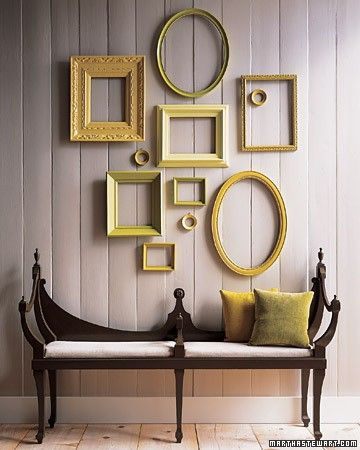
Source: Decora a Thing
There are 3 ways of achieving balance: symmetrically, asymmetrically and radially.
Symmetrical Balance
This is achieved when objects are repeated or mirrored along a central axis. This form of balance is frequently seen in nature. For example, butterflies, animals and our own bodies.
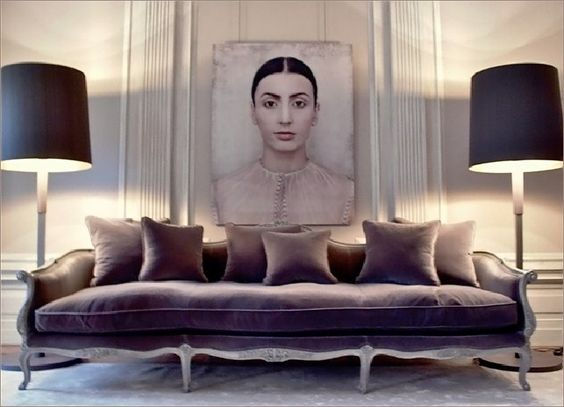
Symmetry is common in interior design. It can invoke a feeling of stability, calmness and dignity.
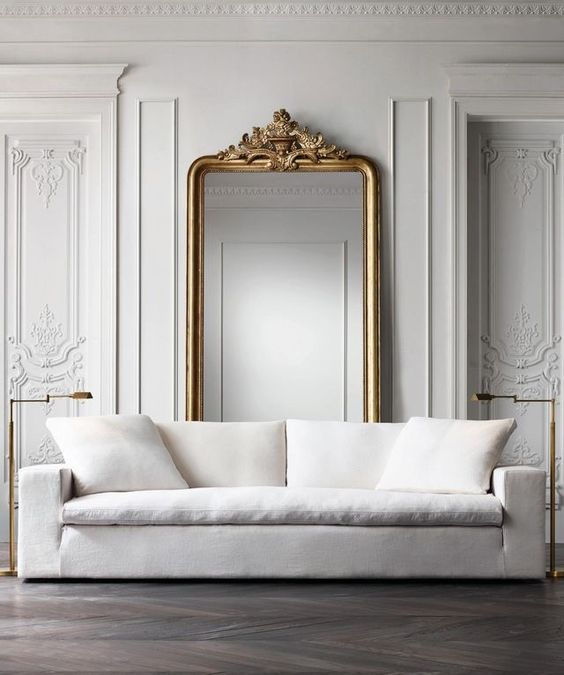
If applied without creative imagination, symmetrical balance can be viewed as dull and static. But not this interior........the window frames the landscape outside, appear like mounted artworks, that create a living backdrop.
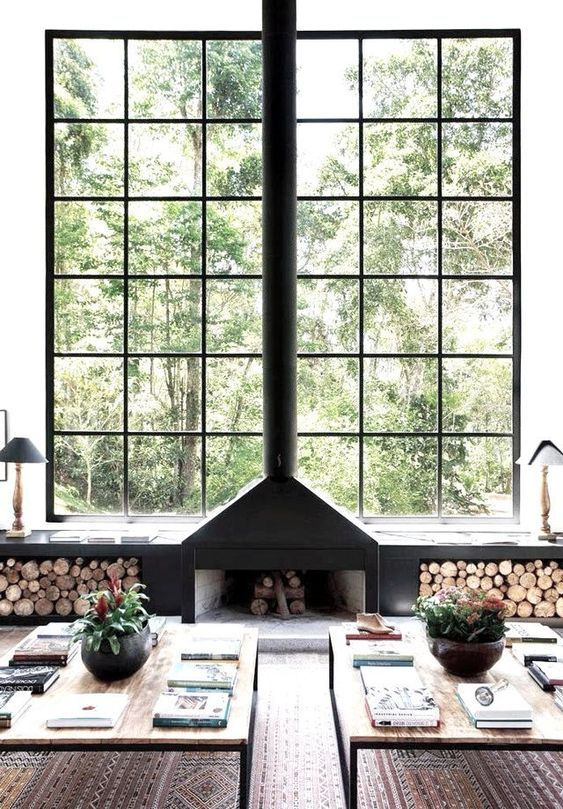
You can achieve symmetry through the arrangement of furniture and fixtures, the use of pattern and the application of colour.
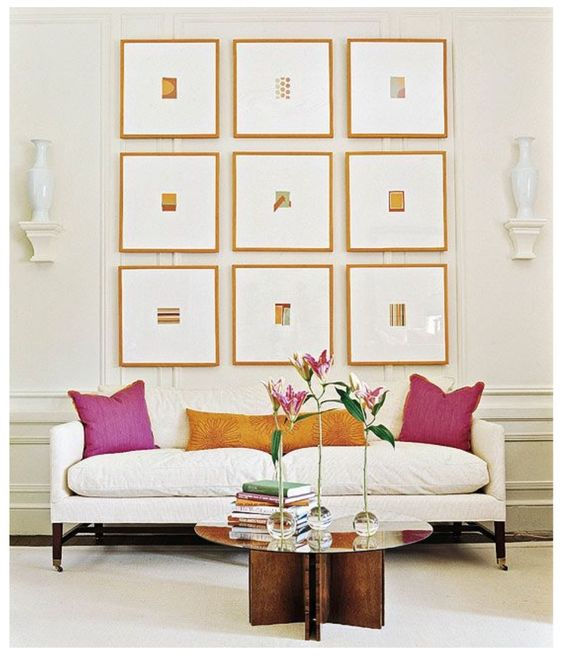
Most furniture is of symmetrical in design, but this example is well crafted and the symmetry is beautifully conceived and certainly not boring!
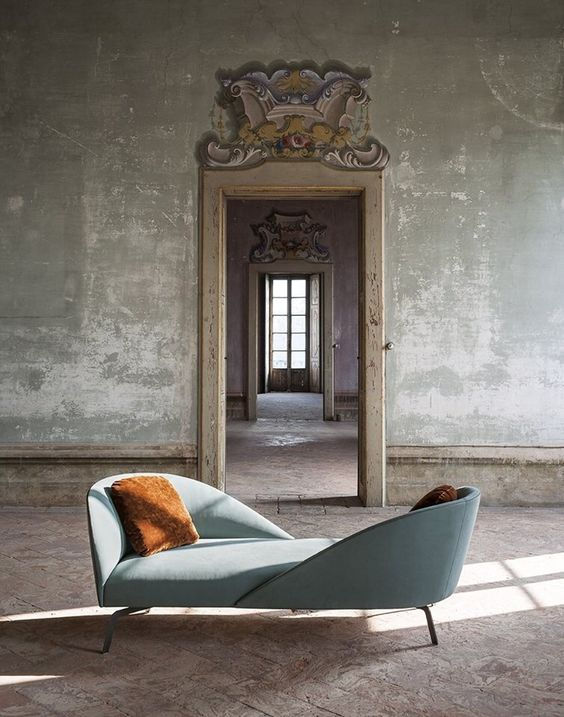
Asymmetrical Balance
This form of balance relates very strongly to the visual weight of objects. Rather than repeating the same item within a space to achieve balance, different elements with a similar perceived weight are distributed to achieve balance on the opposing axis.
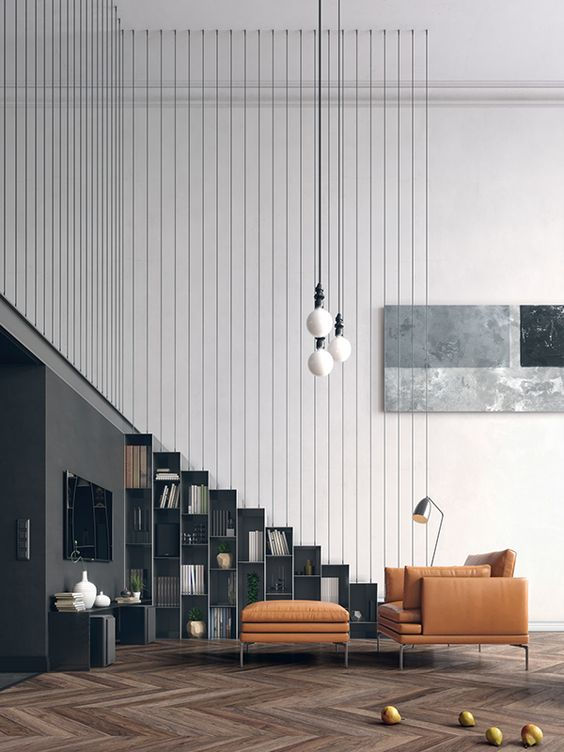
Source: Behance
Complex shapes often feel heavier and for that reason are commonly used to achieve asymmetrical balance.
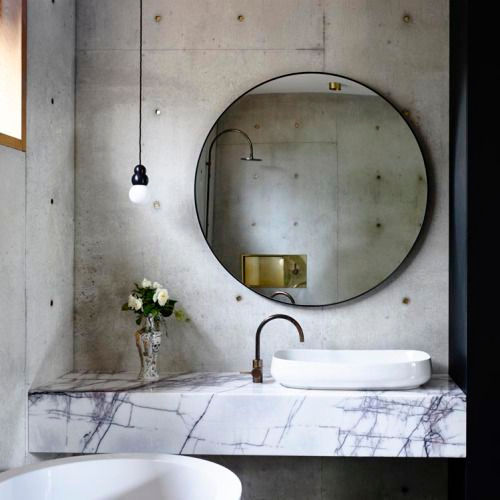
Asymmetrical balance tends to feel more dynamic and less rigid. This is because in these spaces, a variety of objects of different types are working together to create balance.
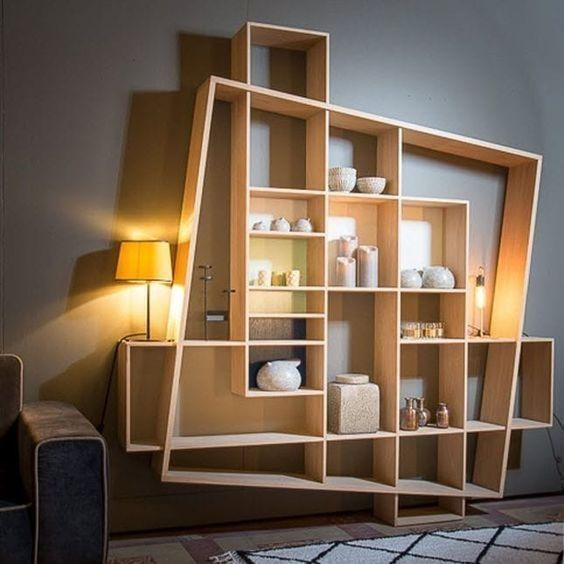
Source: Instagram
Balance created in this way is more difficult to achieve. It requires an "eye for design." This mirror is an excellent example of amazing asymmetrical design......
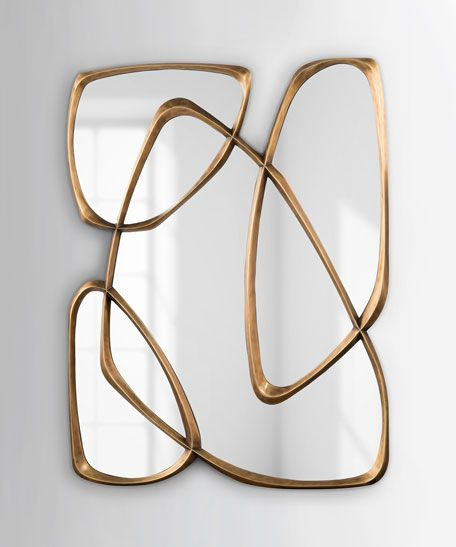
Radial Balance
The arrangement of items around a central point, either extending outward or inward, is radial balance. Common examples of radial balance translated to interior spaces include chairs, centred around a table ...
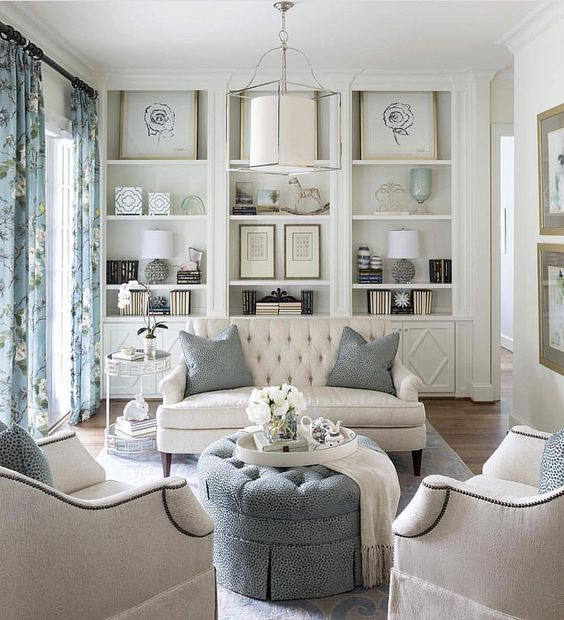
or around an amazing lighting fixture...
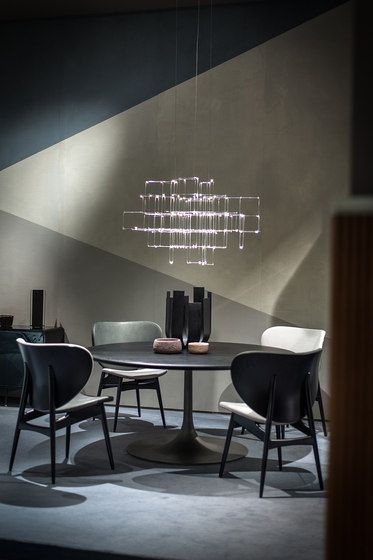
or the structure itself, in this example of a circular rotunda ...
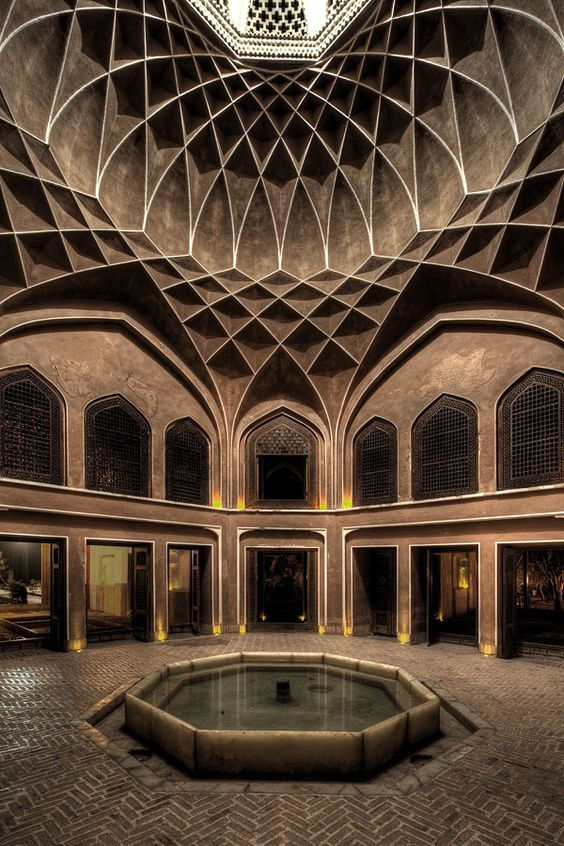
Source: Shivar Siavoshan Tour & Travel Agency
A great way of achieving radial balance is to create a focus in a central item, so the observers attention is directed inward.
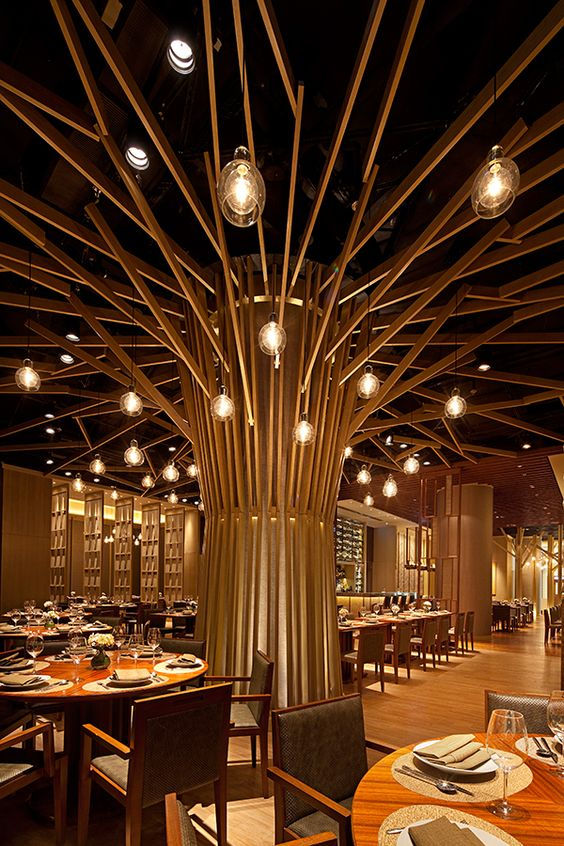
Mango Tree II Restaurant, Hong Kong
Try adopting some of these design principles to achieve balance, to create your own unique interior, that creates the right impression !




































Comments